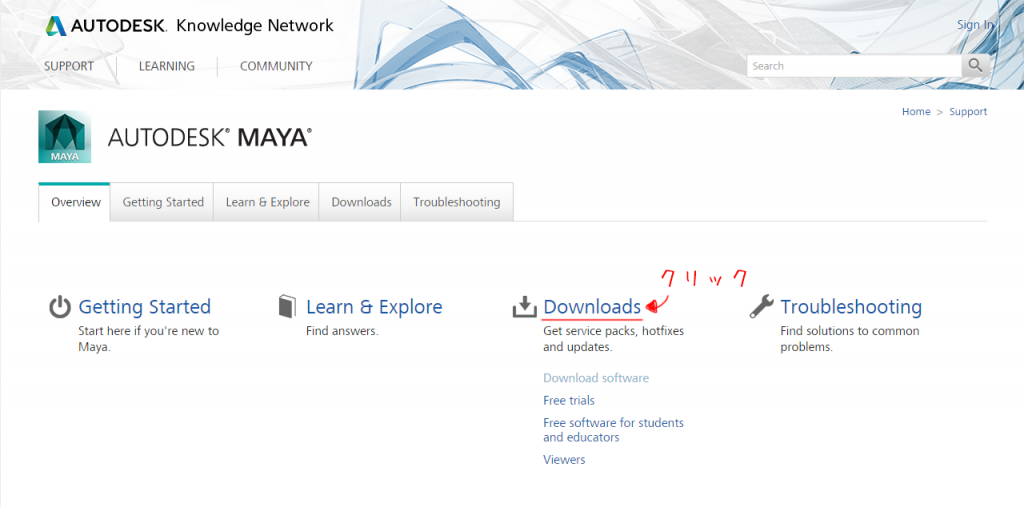

You can connect a simple Tone Mapper or a photographic Tone Mapper. If the Tone Mapper is not automatically connected to the existing perspective and camera views in your scene. If you have standard tabs in the mental ray Render Settings then the mia_exposure_simple node will not automatically be connected to the existing cameras. If you have legacy tabs in the mental ray Render Settings then the mia_exposure_simple node will automatically be connected to the existing cameras. Increase as needed, but this will also increase render time.Ī complete overview of these settings is documented in the Mental Ray docs, available through the Maya help: Sun Parameters.ĭepending on your settings in Maya 2016 when you create the Physical Sun and Sky, the Tone Mapper mia_exposure_simple, will not always be automatically connected to the cameras that where present when you created the Physical Sun and Sky (with exception of the orthogonal cameras). The default of 8 may produce grainy soft shadows. You could decrease the value to get less grainy (but also less soft) shadows without increasing render time.ĭetermines the accuracy of the soft shadows. The settings for the Physical Sun open in the attribute editor:ĭetermines the softness of the shadows. Changing the default shadow settings can increase image quality Most of the settings are good by default for a simple render. Switch to the mia_physicalsun# tab (# can be any number, in most cases: 1). To do this select the directional light and open the Atribute Editor ( ctrl+A). You can open the settings of the physicalsun through the Attribute Editor of the sunDirection/Directional Light, or through the Attribute Editor of the physicalsky. When clicked, Maya will connect the Exposure control node (mia_exposure_simple) to any camera that was created since the physical sky was created (and thus isn't connected yet). Open the settings for the physical sky (see above).

When you create a new camera, these connections aren't made by default. The Physical Sky environment needs to be linked to your camera.

1.0 would be accurate, but many prefer a slightly bigger sun disk for a more pleasing result.Ī complete overview of these settings is documented in the Mental Ray docs, available through the Maya help: Sky Parameters. See the section Color corrections on this page for details. Use the Tone mapper (mia_exposure_simple) that is created by default for fine tuning. As this would produce images that are way overexposed, Mental Ray corrects this using the Unite Conversion factor. Mental Ray uses a Physical correct light intensity of 127500 lux for the sky dome. The settings will open in the Attribute editor: Go to the Environment section and click the link button: You can open the settings of the physical sky from the Render Settings. At render time, Mental Ray will create a matching sky (with a sun disk at the correct location) and the correct physical properties. Rotating this light will determine the direction of the sun rays. In the origin, a directional light, called sunDirection will be created.

The settings for the Physical Sky will open in the attribute editor. Notice the difference between legacy and standard. Open the Indirect Lighting tab and click the Create button for the Physical Sun and Sky under the Environment section. Reload the mental ray plug-in or restart Maya to see the changes. Check the boxes Show Maya Legacy Passes and Use Legacy Render Settings and click Save. Make sure the mental ray plug-in is already loaded! Open Windows » Settings/Preference » Preferences and choose Rendering in the Categories panel. It is possible to change it to legacy tabs similar to Maya 2015 and earlier. This also affects the standard tabs in the Render Settings of mental ray. Since Maya 2016 a major overhaul has been made to the user interface.


 0 kommentar(er)
0 kommentar(er)
